Exploring the Maldives
This article will provide you with a glimpse into this sparkling archipelago of 1,200 coral islands grouped into 26 atolls. A summary of a few key facts about the country and the key environmental threats to this paradise follows.
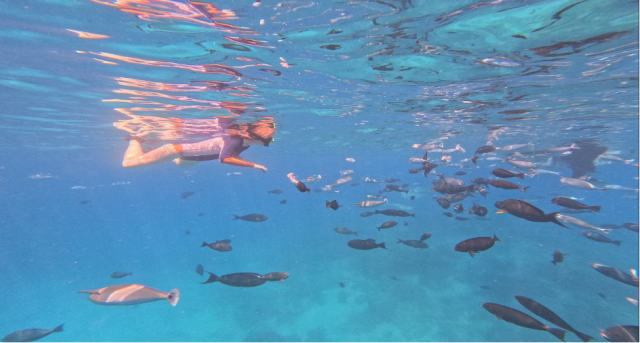
About the Maldives
The Maldives is a country located in the Indian Ocean, southwest of Sri Lanka and India. The islands are highly regarded for their crystal clear turquoise waters, dazzling coral reefs and marine ecology. The population is approximately 500,000 and the government is democratic.
The country is a UNESCO Biosphere Reserve and possesses some of the most biodiverse coral reefs on our planet. A UNESCO Bioshpere is an internationally recognised area that aims to balance biodiversity conservation and the sustainable use of natural resources. They are a “learning place where interactions between social and ecological systems are studied and local solutions to global challenges are developed”.
Yet this paradise faces significant threats from climate change due its low elevation and rising sea levels. Coral bleaching is occurring due to rising sea temperature that expel the colourful algae (zooxanthellae) that live in their structures.
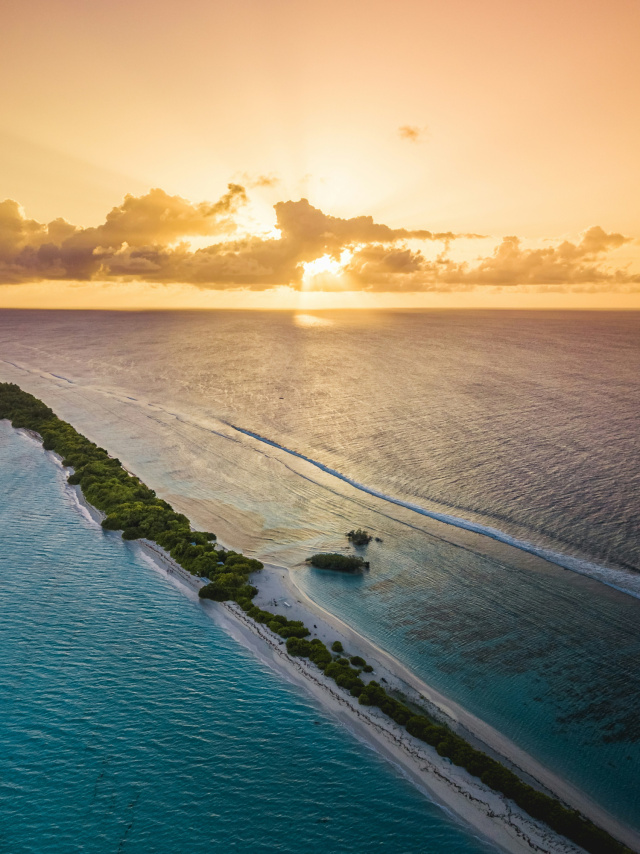
How to Get There
Popular airlines fly to the Maldives from all large cities in Australia. Total flight time is 17 to 22 hours depending on stopovers, such as Singapore, Kuala Lumpur, Doha or Dubai.
You will receive a no-cost visitor visa upon arrival in the Maldives which is valid for 30 days. Speed boats will transport you from the airport at the capital Male’ to your resort.
The Maldives are not a cheap journey but well worth the time and effort. Research all your options and you will learn how to get the most value for your money.
The Key Environmental Threats
The following are just a few of the most critical threats to the Maldives. I would encourage everyone to take time to study these threats more deeply and, if you can, travel there and witness first hand what is occurring and what is being done about it.
Coral Bleaching due to rising sea temperatures. For example, in 2016 there was a spike in sea temperatures killing nearly 60% of shallow water reefs.
Ocean Acidification due to increased CO2 levels which harms the corals’ ability to build their calcium carbonate skeletons.
Coastal Development can destroy the coral ecosystems by increasing sedimentation altering natural water flow.
Overfishing causes declines in reef fish habitat which disrupts the natural ecosystem.
Marine pollution especially plastic waste, agricultural runoff and untreated sewerage introduces damaging toxins and pathogens.
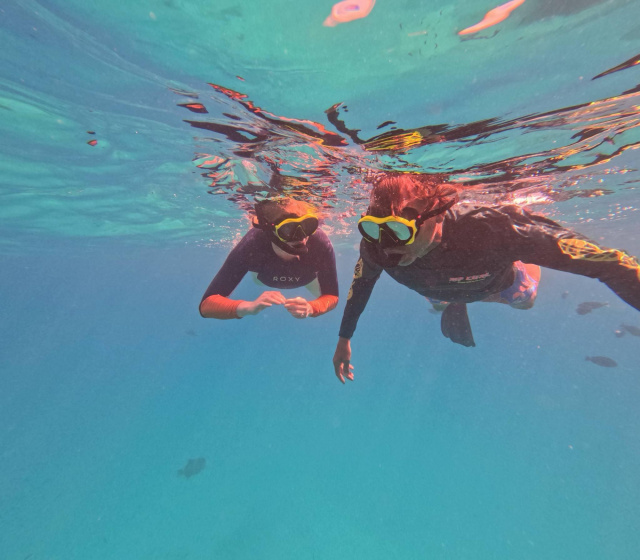
How are these Threats Being Addressed?
Here a few key actions being taken:
Marine Protected Areas with no fishing and protected reserves fostering conservation.
Climate Advocacy is occurring by all stakeholders. Losing this paradise would have devasting effects on the country and the planet.
Coral Restoration Projects are super cool efforts to rebuild the coral reefs literally by hand, and reef by reef.
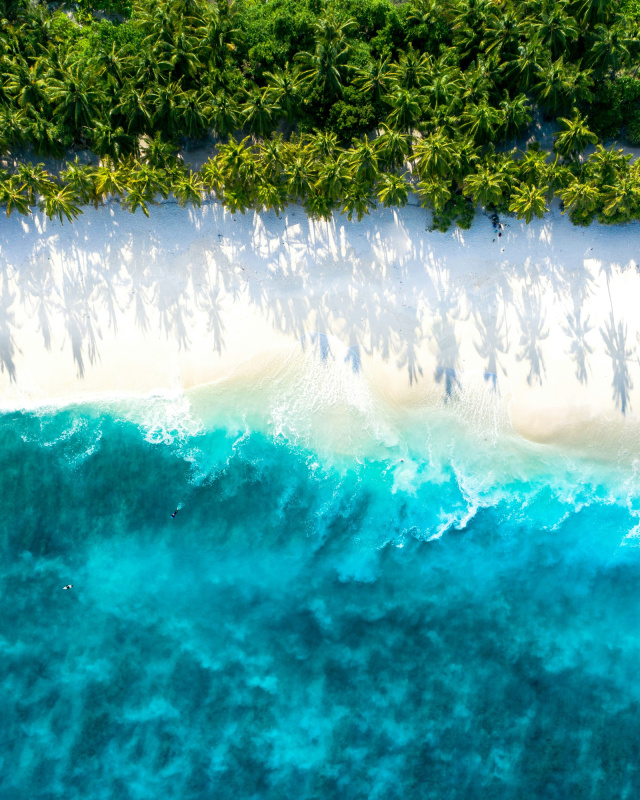
Summary
The key is all about marine conservation science partnering with the government. Innovative new ideas are being explored including altering the DNA of coral reefs in order to enhance its natural ability to withstand rising temperatures.
When you visit the Maldives stop by the CrossRoads and the Coral Propagation Project. They have classes for tourists that go into depth regarding the scientific approach to addressing coral damage.
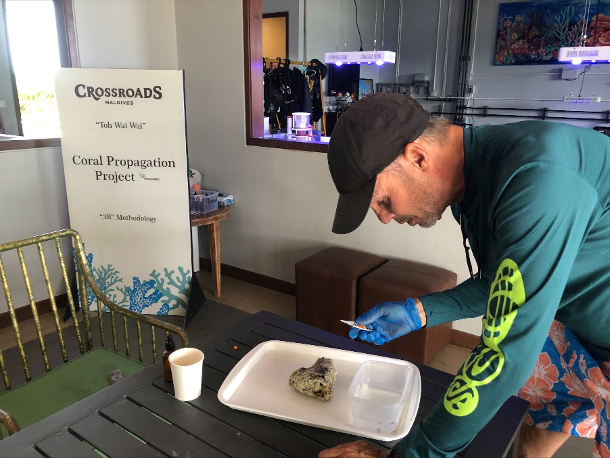
In the photo above I am injecting live zooxanthellare into a dead coral structure which is then placed in a tank for it to grow naturally and eventually be placed into damaged coral reef areas.
In the photo below a marine biologist is teaching us about the environmental challenges of the coral reefs. I highly recommend taking this course!
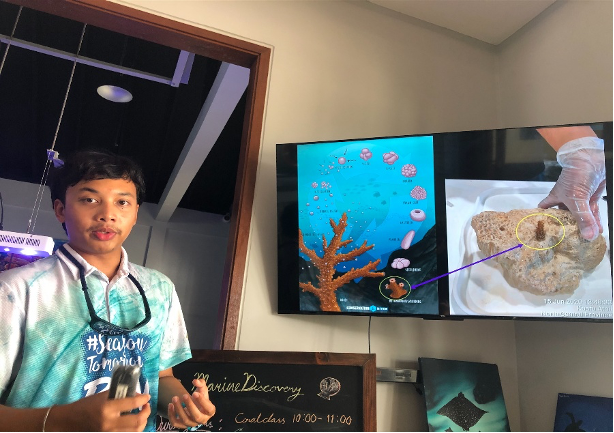
These marine biologists are also rescuing sharks caught in nets, nursing injured turtles and are doing all kinds of wonderful things for the Maldives. I am grateful to all of them.
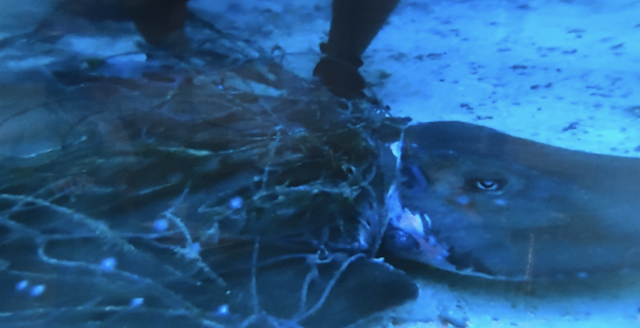
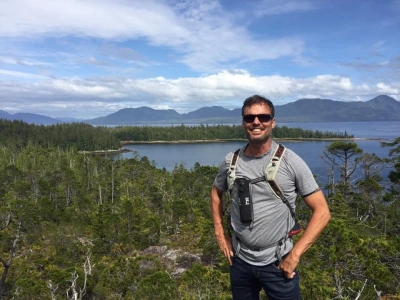
Gustav Risberg
Lawyer
This article will provide you with a glimpse into this sparkling archipelago of 1,200 coral islands grouped into 26 atolls. A summary of a few key facts about the country and the key environmental threats to this paradise follows.

About the Maldives
The Maldives is a country located in the Indian Ocean, southwest of Sri Lanka and India. The islands are highly regarded for their crystal clear turquoise waters, dazzling coral reefs and marine ecology. The population is approximately 500,000 and the government is democratic.
The country is a UNESCO Biosphere Reserve and possesses some of the most biodiverse coral reefs on our planet. A UNESCO Bioshpere is an internationally recognised area that aims to balance biodiversity conservation and the sustainable use of natural resources. They are a “learning place where interactions between social and ecological systems are studied and local solutions to global challenges are developed”.
Yet this paradise faces significant threats from climate change due its low elevation and rising sea levels. Coral bleaching is occurring due to rising sea temperature that expel the colourful algae (zooxanthellae) that live in their structures.

How to Get There
Popular airlines fly to the Maldives from all large cities in Australia. Total flight time is 17 to 22 hours depending on stopovers, such as Singapore, Kuala Lumpur, Doha or Dubai.
You will receive a no-cost visitor visa upon arrival in the Maldives which is valid for 30 days. Speed boats will transport you from the airport at the capital Male’ to your resort.
The Maldives are not a cheap journey but well worth the time and effort. Research all your options and you will learn how to get the most value for your money.
The Key Environmental Threats
The following are just a few of the most critical threats to the Maldives. I would encourage everyone to take time to study these threats more deeply and, if you can, travel there and witness first hand what is occurring and what is being done about it.
Coral Bleaching due to rising sea temperatures. For example, in 2016 there was a spike in sea temperatures killing nearly 60% of shallow water reefs.
Ocean Acidification due to increased CO2 levels which harms the corals’ ability to build their calcium carbonate skeletons.
Coastal Development can destroy the coral ecosystems by increasing sedimentation altering natural water flow.
Overfishing causes declines in reef fish habitat which disrupts the natural ecosystem.
Marine pollution especially plastic waste, agricultural runoff and untreated sewerage introduces damaging toxins and pathogens.

How are these Threats Being Addressed?
Here a few key actions being taken:
Marine Protected Areas with no fishing and protected reserves fostering conservation.
Climate Advocacy is occurring by all stakeholders. Losing this paradise would have devasting effects on the country and the planet.
Coral Restoration Projects are super cool efforts to rebuild the coral reefs literally by hand, and reef by reef.

Summary
The key is all about marine conservation science partnering with the government. Innovative new ideas are being explored including altering the DNA of coral reefs in order to enhance its natural ability to withstand rising temperatures.
When you visit the Maldives stop by the CrossRoads and the Coral Propagation Project. They have classes for tourists that go into depth regarding the scientific approach to addressing coral damage.

In the photo above I am injecting live zooxanthellare into a dead coral structure which is then placed in a tank for it to grow naturally and eventually be placed into damaged coral reef areas.
In the photo below a marine biologist is teaching us about the environmental challenges of the coral reefs. I highly recommend taking this course!

These marine biologists are also rescuing sharks caught in nets, nursing injured turtles and are doing all kinds of wonderful things for the Maldives. I am grateful to all of them.

You might like...
Panay, Philippines
The triangle-shaped island of Panay is the sixth-largest of the Philippines archipelago, and has an amazing array of landscapes and biodiversity hotspots, including the Central Panay Mountain Range. As the fourth-most populous island of the Philippines, it is also facing conservation challenges.
Zion National Park, Utah
The two thousand-foot deep red sandstone canyon through Zion National Park is a majestic masterpiece, carved out over ancient time by the Virgin River. Known for its intense seasonal colours and dramatic vistas and established in 1919, Zion is Utah's first National Park.
Dark Sky Sanctuaries
The aurora australis lights the skies of Southwest Tasmania. The next Dark Sky Sanctuary? Image: Dan Broun
Wildlife of Chitral & Gilgit Baltistan
Snow leopards, golden marmot, markhor, golden eagles, lynx, and other wildlife species frequent the extraordinary region of Chitral & Gilgit Baltistan in Northern Pakistan
Newsletter
Sign up to keep in touch with articles, updates, events or news from Kuno, your platform for nature
